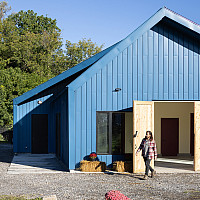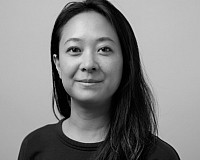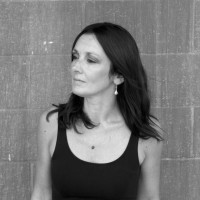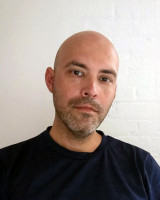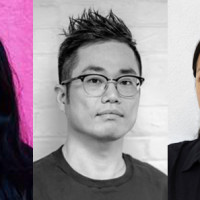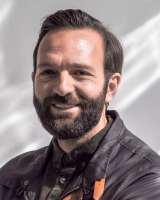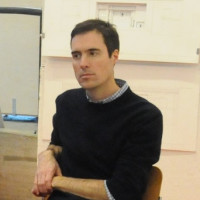Established in 2013, the Forum has seen great success and interest world-wide. This year, the event’s theme is “Green and Innovation: New Momentum for Urban Transformation and Development” and will include the first Shenzhen International Clean Energy and Low Carbon Technology EXPO, June 15-20.
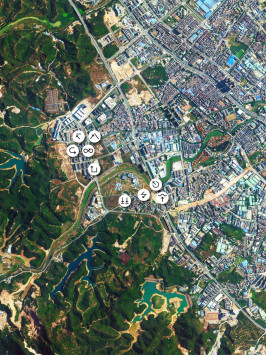
At the conference forum, Dean Michael Speaks will present; he will launch a catalogue compilation of Low Carbon City design proposals by Syracuse Architecture students. These same proposals—nine prototypes—are included in this inaugural exhibition. The models serve as proposals for low carbon development of underdeveloped urban areas in China and in the world. They are selected from research and design explorations conducted as part of “Design | Energy | Futures,” a concentrated research + design program that leads to a post-professional master of science (MS) in architecture. All nine were developed with the support of, and in collaboration with, the IBR.
“What has now transpired through our Shenzhen partnerships,” says Dean Michael Speaks, “is that students from our program, at one of the world’s leading architecture schools, are able to bring forth fresh ideas and design motivations and place them on the world stage as a bellwether for solving problems we now face within the urban environment. It’s a very exciting time.”
The City of Shenzhen was established in 1979 by China’s central government and the Guangdong provincial government as a new economic zone that would extend two hours beyond Hong Kong, along the opposite shore of the Pearl River. Since that time the City has grown from being a fishing village with a population of 20 thousand to being a global hub for design and technology, with a population of 18 million. In 2012 the Shenzhen International Low Carbon City was created in the Pingdi sub-district—the most underdeveloped area of Shenzhen and typical of many cities undergoing industrialization—as a flagship project of the EU-China Urbanization Partnership, with the intent of exploring explore sustainable improvements.
The Design/Energy/Futures M.S. program at Syracuse Architecture focuses on energy and the built environment with research + design projects ranging across many scales, from urban design to high performance buildings, from landscape urbanism to building material research and product design, and across a range of disciplinary and practice areas including adaptive re-use, real estate development and urban planning.
